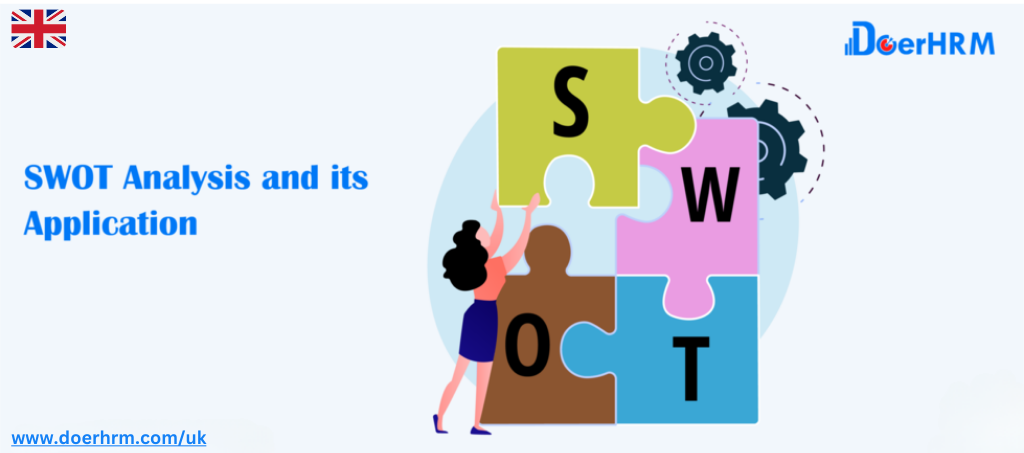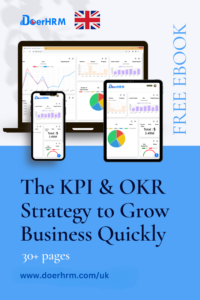In the realm of business analysis, few tools hold as much prominence as SWOT, widely employed by businesses globally to enhance their operations and strategize for the future. A SWOT analysis is a common practice for companies contemplating a new strategy, serving as a valuable method to grasp the current landscape. This understanding informs future strategic decisions and enhances overall decision-making within the business. This article explores the essence of a SWOT analysis and offers insights on its successful implementation, ensuring accuracy and well-informed business strategy.
What is a SWOT analysis?
- Strength
- Weakness
- Opportunities
- Threats
Strength
The first element of a SWOT analysis is to examine and identify the strengths of your business. These are the positive attributes of your current business and are internal to your company. To determine your strengths, you should think generally about what you do well and identify the positive internal resources you possess. This involves things like your staff, your policies and procedures, and any internal systems that are critical to the delivery of your business offer. It would help if you also thought about your company’s assets and its advantages over your competition. Your strengths are what stand you apart and are essentially the things that help you earn money as a business.
Weakness
In direct opposition to strengths, weaknesses are negative internal factors within your business. For some, it can be difficult to identify weaknesses within their business, but it’s a vital step towards improvement. If it’s not apparent to you what your weaknesses are, you should begin by broadly identifying the Factors within your control that you would like to improve in your business. It would be best if you also looked at things your business lacks that your competitors possess. This could be things such as a lack of technological equipment or a lack of accomplished team members in a specific business area. Once you’ve identified your strengths and weaknesses, you can move onto examining the external factors that may influence your business in the future.
Opportunities
The first external element of the SWOT analysis is opportunities. In this sense, opportunities refer to Things outside of your current control that could help your business prosper and thrive in the near future. You could begin this analysis by identifying opportunities in the market that your business could utilize. This might mean that you have to evolve or pivot slightly as a business, but that’s okay. The purpose of identifying opportunities for your business is to support business growth in the future and to improve your offer to your clients and potential customers.
Threats
To make the most of opportunities within your market or industry, you must also identify potential threats to your business, so you can create a strategy to manage any threats that may arise. Generally, you have no control over these external threats, but you must identify them to develop a plan for your business to thrive in case they happen.
A business analysis of your threats should begin with understanding who your existing or potential competitors are and what their offer is. It would help if you then thought about external factors that may threaten the existence of your business. These could include things like global pandemics, economic pressures, governmental policies, and so on. As there are so many potential threats to your business, it’s hard to identify all of them, and you should avoid generalizations. Try and only focus on real threats to your business, so you can focus your efforts on combating them successfully.
How to conduct a SWOT analysis
The first step in conducting a SWOT analysis is to prepare a template to detail your information. This is usually in the form of a chart and doesn’t need to be overly complicated. As is the case with many business analysis tools, you should try and include as many stakeholders as possible so that you will benefit from various opinions and a range of expertise. Brainstorming techniques during team meetings is an effective way of kick-starting a SWOT analysis.
Once you have identified and prioritized your SWOT analysis results, you can use them to develop bespoke strategies for your business. The real value in business analysis is utilizing the results to maximize your current capacity and to Take advantage of the external factors that contribute to the environment in which your business operates. When you’re using your SWOT analysis to inform and create your business strategies, you should get specific and create realistic business objectives.
However you decide to utilize a SWOT analysis for your company, it’s vital to ensure you stay ahead of your competition and flourish as a business in the future.

I hope you enjoy reading this blog post.
If you want my team at DoerHRM to help you build a winning team for your company, just click to speak with our KPI consultant.








